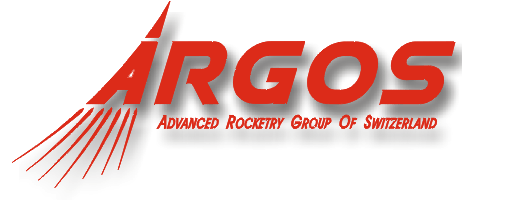| Neue Tripoli Zertfikation Regeln Level 1-3 |
Seite 1 von 3 Die Tripoli Rocketry Association TRA hat für das neue Jahr neue High Power Zertifikationsregeln für die Level 1-3 veröffentlicht. Die Originale können von Tripoli runtergeladen werden:
LEVEL 1Level 1 Certification allows flyers to fly High Power Rockets with a total installed impulse up to 640 n-sec. Airframe – The rocket must be built by the flyer. The rocket shall have a display on the exterior identifying the calculated center of pressure. The rocket must be of “conventional rocket design”. “Odd Rockets” including flying pyramids, saucers and flying spools will not be allowed for any certification flight. The rocket may be either a kit or scratch built. Scratch built rockets may contain commercially built components. Recovery - Standard parachute recovery is required. Non-parachute recovery methods (e.g. tumble, helicopter, gliding, etc) are not permitted for certification flights. If the rocket is using dual deployment, the first event recovery may be via drogue-less or streamer as long as the main or second event uses a standard parachute. Motor – The certification flight must be with a single certified H or I motor (tested total impulse between 160.01 and 640.00 n-sec). Staged and/or Clustered rockets may not be used for certification flights. The flyer shall be observed by the certifying member or their designated representative during the assembly (if a reload or hybrid) and preparation of the motor. Electronics – Electronics are not required for level 1 certification flights. Certification Flight – Level 1 Certification flight may take place at any insured launch. The certifying member (i.e. Prefect, TRA Director, or TAP Member) must be present and witness the certification flight. The certifying member must witness the rocket ascend in a stable manner and descend in stabilized manner controlled by the recovery system. Post-Flight Inspection – The rocket must be presented to the certifying member for inspection. If the rocket cannot be recovered, but can be inspected in place (power lines, tree, Non-certification – Any of the following will result in non-certification for a certification flight:
|


